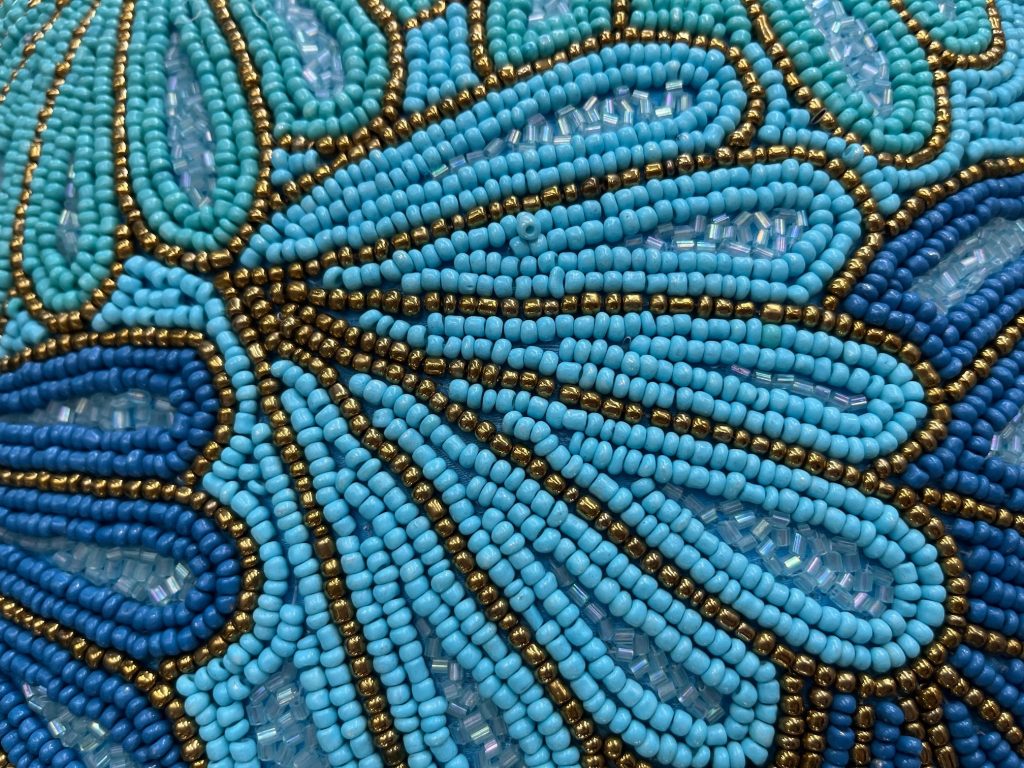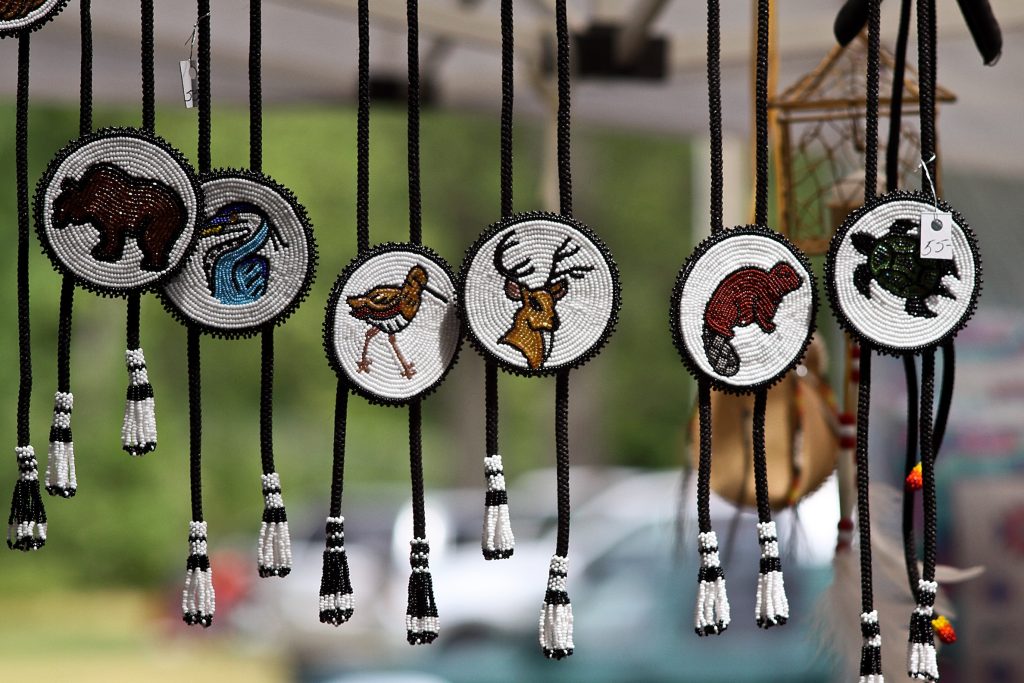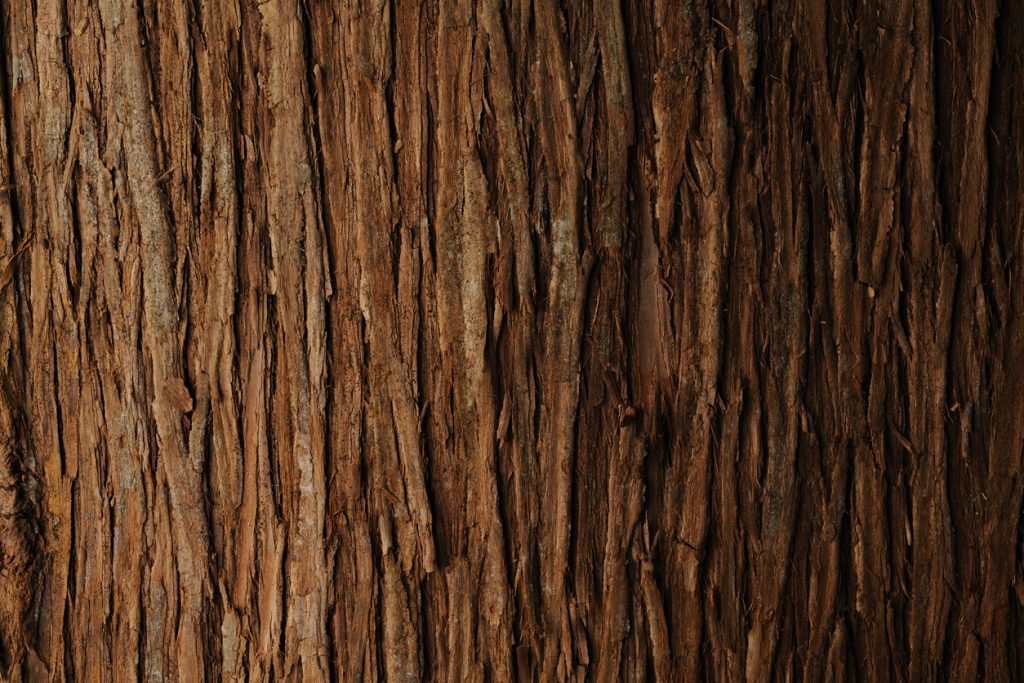Introduction
Beadwork, an art form practiced by Indigenous Peoples across Turtle Island and beyond for millennia, holds immense cultural and spiritual significance. In many Indigenous spaces, the act of beading is revered as a form of medicine for its healing benefits to the mind, body, and spirit of its practitioners.
The process itself is meditative – a creative outlet for processing emotions while teaching a range of skills, including patience, planning, and fine motor skills. Engaging with beadwork helps solidify Indigenous peoples’ connections to their culture and community, contributing positively to self-esteem and a sense of security in one’s Indigenous identity.
Beadwork is more than just decoration. For Indigenous people, wearing beadwork is a powerful symbol of resilience and resistance against colonization; it is a declaration that “I am proud to be Indigenous.” This makes engaging with beadwork a culturally relevant, strengths-based pathway to wholistic well-being for Indigenous people.
What is Beadwork?
Beadwork is a traditional practice that involves stringing, weaving, or sewing beads together with thread or sinew, or onto hide, fabric, or other materials such as birch bark or fish leather.
The specific techniques, materials, and motifs used in beadwork vary across Indigenous cultures. Before European contact, Indigenous people made beads from natural materials such as wood, shells, bones, and teeth, which were used to decorate clothing, tools, pets, ceremonial items, and household objects. European contact introduced glass beads, which became a valuable trade good for both Indigenous people and Europeans, and were rapidly integrated into existing Indigenous beadwork traditions.
Other traditional skills and artistic techniques that often accompany beading include hide tanning, quilling with porcupine quills and tufting with animal hair, commonly caribou or moose.

Nurturing Mental, Emotional, and Spiritual Health
Beadwork’s role as a healing medicine has long been understood by Indigenous peoples. Many Indigenous cultures share a common teaching that beading is a sacred act that should be undertaken with good intentions and a clear mind. Indigenous Knowledge believes that as beads are stitched or woven together, they become imbued with the artist’s energy and intentions, making it essential to bead in a good state of mind.
Traditional teachings encourage centring oneself before engaging with beadwork, such as through a calming ritual that may involve smudging oneself and the work area, and saying a prayer. Western research likewise recognizes ritualistic acts as a contributive or protective factor for wholistic well-being, regardless of cultural background or the specifics of the ritual.
Beyond the benefits of ritual, the therapeutic act of beading supports wholistic well-being in many ways. The calm, repetitive, and intentional action of stitching the beads together produces a meditative state that clears the mind, eases anxiety, and offers respite from life’s stresses. For many, beading also provides a meaningful way to process grief and trauma.
“I didn’t realize how much I needed beading…I had something happen a year prior and I wasn’t in a very good headspace. By using beading as my medicine, I was able to work through that.”
Beadwork also builds self-esteem and personal fulfillment while cultivating skills like patience, perseverance, planning, and execution. The multiplicity of beadwork’s contributions to well-being for Indigenous Peoples has been highlighted by the robust work of Indigenous scholars such as Shawna Bowler (Dakota Sioux/Red River Métis), Malinda Gray (Anishinaabe), Christi Belcourt (Red River Métis), and Melissa Twance (Anishinaabe).
Western psychological and neuroscientific research likewise supports the therapeutic benefits of creative and artistic expression.
Cultural Connection and Well-Being
Cultural connection is widely identified as an essential influence on the wholistic well-being and health of Indigenous people. For those living outside their traditional territories or in urban settings who may not have access to land-based or geographically specific cultural activities, beading offers a critical way to stay connected to their culture.
“I think because I was able to create this for [my daughter], it opened that door for her to be proud of who she was. That made me really happy because sometimes I wished that it happened for me. Maybe if my mom hadn’t gone to residential school, she would have been able to teach this to me, and we could have represented every single day in this way.”
Beyond its cultural significance, many of the materials used in beadwork – such as animal hide, porcupine quills, and birch bark – are gathered from the land. The act of foraging, harvesting, and preparing these materials deepens that connection, adding layers of meaning and reinforcing relationships with Indigenous lands.

Connecting to Community and Strengthening Identity
For many Indigenous people who practice beading, this sacred art form is deeply meaningful as a relational practice that strengthens the beadworker’s connection to relatives, ancestors, and fellow beadworkers in their community.
Beading is often learned and practiced communally, in gatherings called ‘beading circles.’ Although people of all ages and genders are encouraged to take up beading, beading circles tend to be predominantly or exclusively female spaces, creating a unique opportunity for Indigenous women to share their experiences and learn from each other in a safe environment.
A Western study notes the relationship between social support and well-being and how the physical and psychological health benefits of a strong social support network may be particularly pronounced for women.
“It allows me to connect to my ancestors. When I bead, I can feel the love and concern of all those who went before me. I know that they want me to have a happy life. Their voices come to me when I’m beading.”
Across the diverse Indigenous cultures of Turtle Island, identity is understood as relational – not simply a personal choice, but a reciprocal relationship in which one’s community must also recognize and claim the individual. Beading together helps strengthen and affirm these community bonds and affirms Indigenous identities.
In addition to Indigenous understandings of identity and belonging, Western studies similarly demonstrate that feeling secure in one’s identity supports overall well-being.
Indigenizing Well-Being
“Indigenization” refers to the reclamation and revitalization of Indigenous ways of being, knowing, and doing. Indigenization opposes colonial structures such as the systematic processes that sought to devalue Indigenous art forms and disconnect Indigenous people from traditional cultural practices such as beading.
A clear example of colonial cultural violence targeting beadwork is found in the 1914 amendment to section 149 of the Indian Act, known as the ‘Potlatch Ban.’ This law outlawed many ceremonial and cultural practices, including wearing “Aboriginal costume” – regalia such as beaded clothing and accessories – outside one’s own reserve without an Indian Agent’s permission. Violations could result in imprisonment for up to a month, and the ban remained in effect until 1951.
Learning and teaching beadwork offers Indigenous people an opportunity to simultaneously reclaim culture, rebuild community connections, and heal from the traumas of colonization. This practice embodies core principles of Indigenous worldviews such as mindfulness, sustainability, and relationality.
“I do beadwork everywhere I go. That’s another part of me trying to Indigenize space. I don’t wear a lot of my own beadwork, but I represent by beading everywhere I can – which is something I wasn’t able to do before because I didn’t have a lot of pride in that.”
Concluding Thoughts
Beadwork is a powerful contributor to wholistic well-being for Indigenous people. It acts as a medicine, offering meditative benefits that help process emotions, alleviate stress, and build practical skills.
Beadwork also strengthens cultural connection and Indigenous identity, serving as a symbol of resilience against colonization. Beyond individual healing, communal beading fosters connection, creating safe spaces for sharing and reciprocal learning.
Engaging in beadwork is an act of Indigenization – reclaiming traditional practices from historical trauma while building strong, proud Indigenous communities.










Share the article